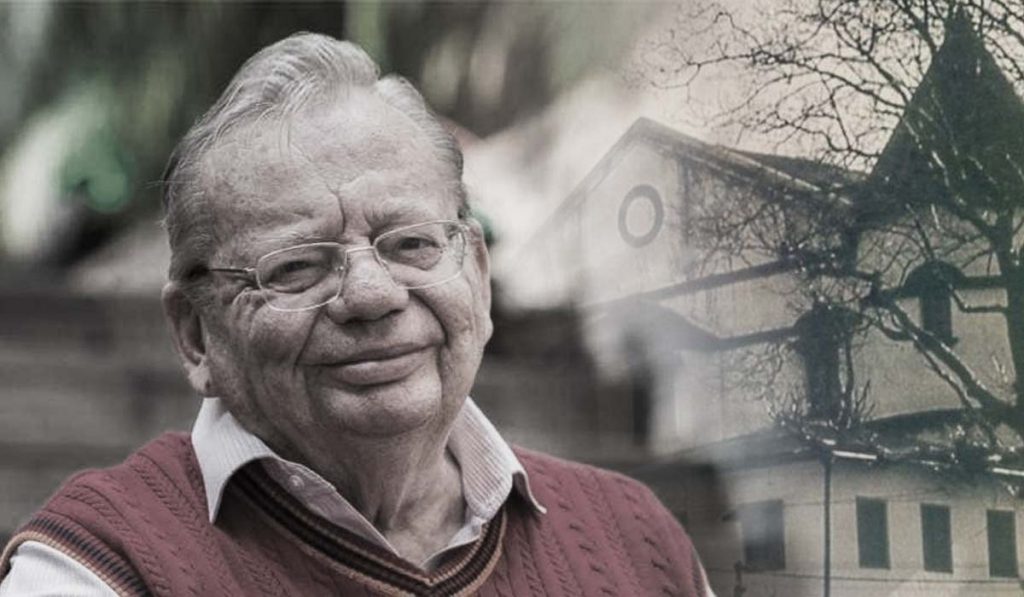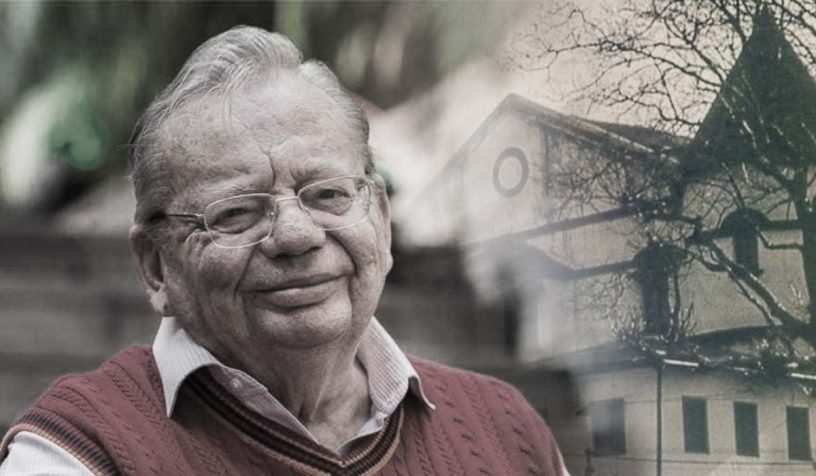
Examining three principal haunted architectural archetype that predominate in Ruskin Bond’s world, this paper argues that these architectural archetypes of the Doon Valley are assertions of Anglo-Indian cultural subjectivity in the guise of a haunted otherness.
Author
Arup K. Chatterjee, Associate Professor, Jindal Global Law School, O.P. Jindal Global University, Sonipat, Haryana, India.
Summary
The writings of Ruskin Bond—one of India’s most loved and longest read authors—are interrelated to archetypes of haunted Anglo-Saxon cultural geography and architecture. Buildings like Maplewood, Mulberry Cottage, the Savoy Hotel and abandoned cottages of Pari Tibba or Camel’s Back Road, besides archetypal Anglo-Indian characters, keep resurfacing in Bond’s literary spaces of Mussoorie and Landour.
Bond’s life and works represent a fundamental resistance to the social abjection that the Anglo-Indian community has undergone in postcolonial India. Spectral faces, derelict or haunted cottages and a spectral architectural script render his writings as a reservoir of Anglo-Indian psychic manifestations.
Drawing primarily on Northrop Frye’s notion of archetypes, Henri Lefebvre’s reflections on ‘architexture’, and Jacques Derrida’s model of hauntology, this paper examines three principal haunted architectural archetypes—woods and tombstones; derelict and haunted cottages; and spectral faces—that predominate in Bond’s world.
The paper argues these architectural archetypes of the Doon Valley are assertions of Anglo-Indian cultural subjectivity in the guise of a haunted otherness. It would be meretricious to interpret Bond’s works as timeless and uncomplicated without studying the archetypal hauntology it has deployed over several decades.
Bond’s obsession with haunting undergirds his literary creations of antifragile texture and atmosphere (architexture) out of fragile structures and memories of an Anglo-Saxon cultural geography, which can only be spectrally experienced.
Published in: Anglo Saxonica, vol. 19, no. 1, 2021, p. 1.
To read the full article, please click here.


